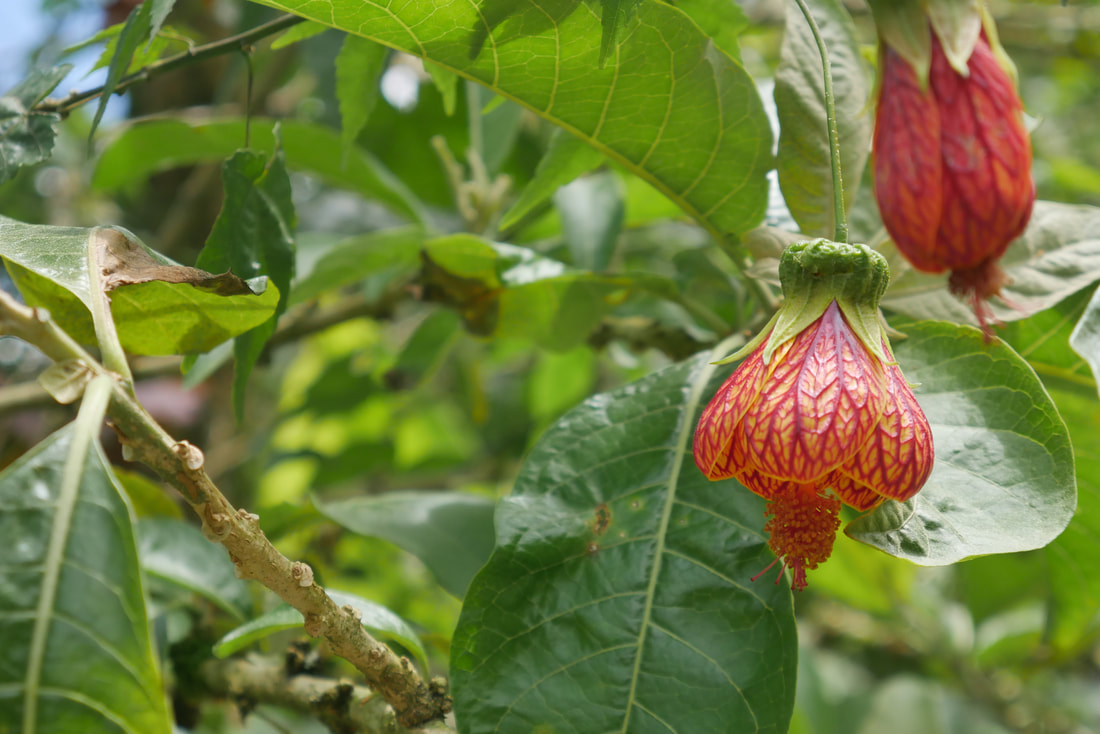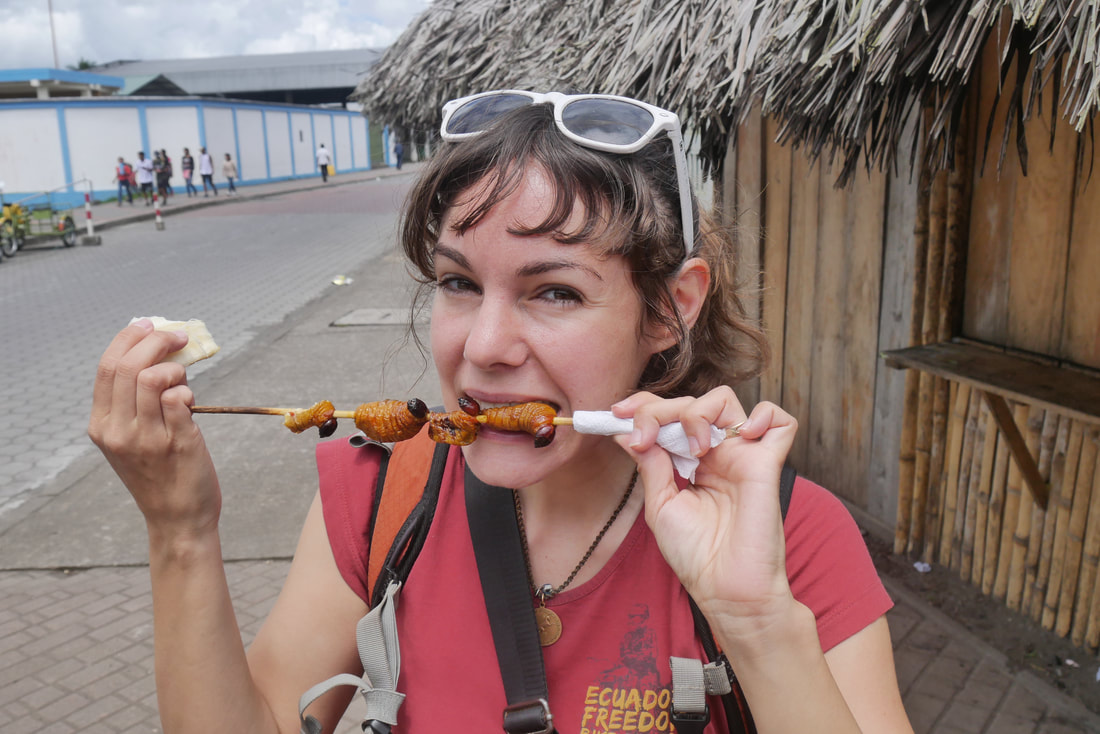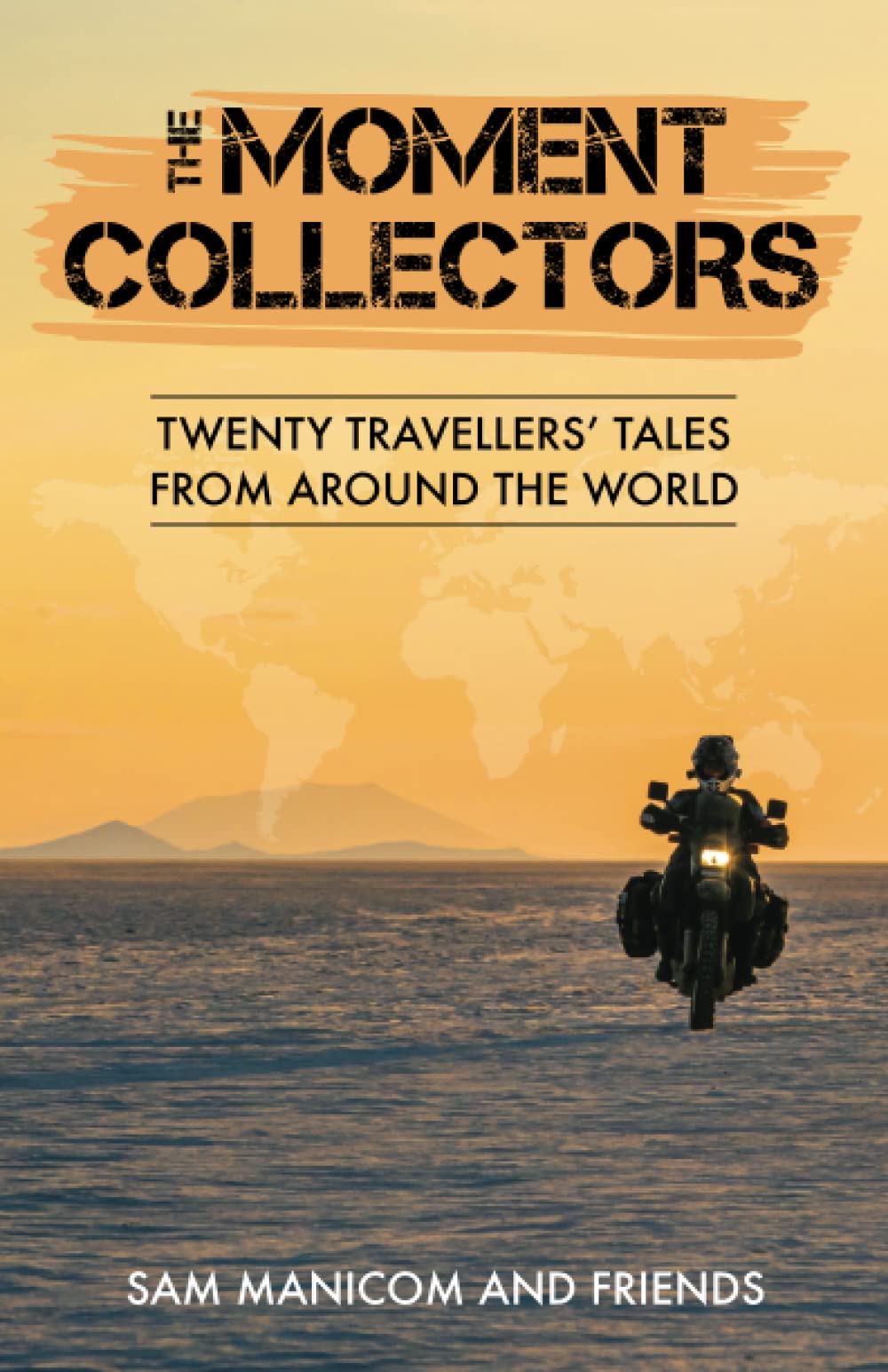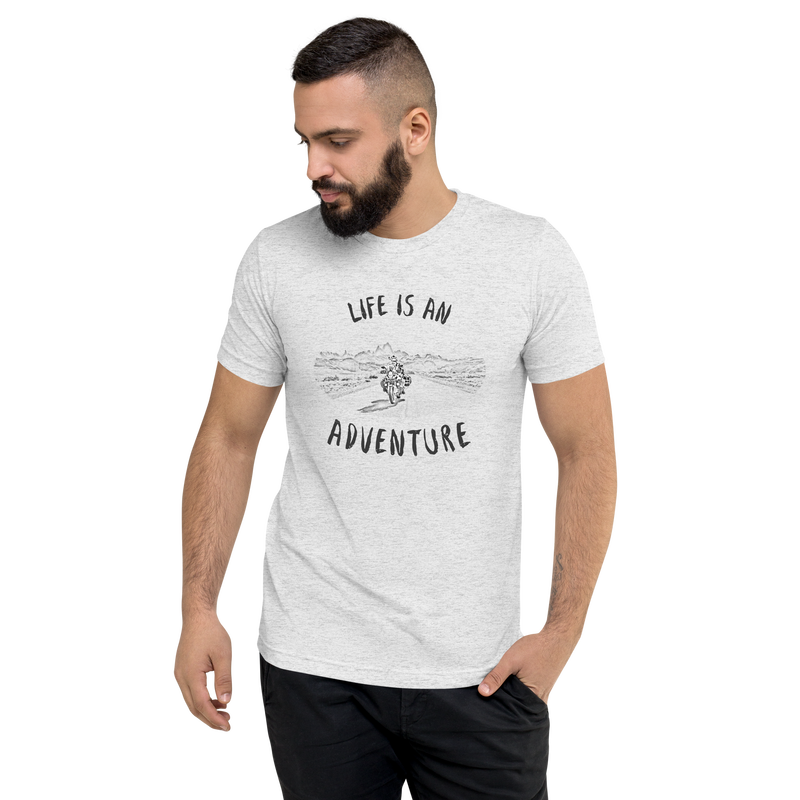By MarisaAfter staying with our friends Court and Sylvain at Ecuador Freedom Bike Rental to get our bike fixed (now it has new fork seals / bushings and is as good as new), we wanted to take a quick detour into the Amazon before leaving Ecuador and going to Peru. The thing about the Amazon rainforest is that rivers have always been its main artery for transportation, and they are a much better way to get around than roads which can destroy the forest itself. This makes getting to the Amazon on a motorcycle a bit of a challenge, but there is a town in Ecuador that is the last outpost for land-bound vehicles and the beginning of the true Amazon, a place called El Coca. Since we knew we wanted to go there, we plugged El Coca into our GPS, and headed out of Quito. To get to Coca, we first made a stop in Misahuallí, a town situated at the end of the Andes Mountains and the beginning of the rainforest. We rented a cabin overlooking the Napo river and had a good night's rest to the nocturnal symphony of insects and frogs to prepare ourselves for our next adventure: getting to Coca along the road less taken. We opted for this off-road route along the river instead of going on the main highway because we wanted to see the local villages and get a sense of our natural surroundings even if it took us longer. Plus, Tim is also always excited to go off-road. The road was pure perfection for the majority of it: thatched huts on stilts interspersed within the jungle terrain. We even snapped the above picture at a place where we stopped to have a picnic of crackers and cheese. But then the last stretch near Coca had some rough sections of loose gravel, and there was one hill in particular which was under construction that was a real challenge. A worker and myself had to push Tim and the bike up the entire way as the back tire kept slipping in the loose terrain. But we finally made it through, and arrived in Coca exhausted and drenched in sweat (the rainforest is hot, for sure). Coca is a bit of a strange town in that the entire center of it is a landing strip for airplanes. We could even see a plane from our hotel room. This is because lots of tourists book Amazon tours through local agencies for hundreds, sometimes thousands of dollars per day, and fly into Coca straight from Quito, get picked up at the airport, and then shuttled over to a little boat that will take them down the Napo River to an eco lodge. From there they do rainforest hikes, learn about the Amazonian flora and fauna, eat traditional meals of local food, can swim in the river, and often get to see or meet some of the Warani indigenous people who live in the area. These tours sounded and looked fantastic, but they are expensive. Tim and I thought by simply arriving in Coca we could possibly get a better deal, and that was true to an extent, but nothing was going to be less than $150 per day for us. It was simply out of our budget. So how were we going to experience at least a little taste of the local wildlife and culture without spending a fortune on a tour? Well, we went to a zoo and a museum, of course. And that traditional meal that everyone else gets to eat? I just bought some grilled grubs from a local vendor in downtown Coca, and yes, the woman skewered the worms and grilled them alive, and I ate them. They tasted like scrambled eggs with a hint of bacon, but not as good in my opinion mostly because I could see their innards spilling out as I ate them. Maybe blindfolded would have been the best way. The Coca Zoo was free and although I have learned from experience not to go to zoos in developing nations, this one seemed to be pretty good, and is supposedly more of a local wildlife rehabilitation center than a zoo. And not only were there tons of animals that got right up-close to us, but wild animals, like Squirrel Monkeys, showed up as well, mostly trying to steal food from the pens. By the end of it, I felt very satisfied with our free wildlife tour. Next was the museum. The MACCO Museum in Coca houses artifacts left behind by the Omagua people of the Napo River. Though their culture dispersed in the 1700's as settlers pushed them away from their river cities, they left behind lots of pottery which is beautiful and refined. It also reflects their ideal beauty of a “moon face" or a flattened head which they would do to infants while their skulls were still soft. The Omagua burial urns were gorgeously made and reminded me of Egyptian sarcophagi as the bones of the deceased would be placed inside and kept in the house for about a year before finally being buried. As we left Coca, we made a stop at a waterfall called Carachupa Packcha, which is an interesting name because in Spanish Carachupa means “suck face". But the name is not Spanish and comes from Quichua, so I'm not sure what it actually means. The waterfall was pure paradise as we found ourselves to be the only people there swimming amongst colorful butterflies and the sounds of parrots. We couldn't even find this place on Google maps, so if it wasn't for a local sending us to it, we would have never known it existed. After all this, Tim and I felt content with our glimpse into the Amazon, but we had one last surprise waiting for us in a town called Tena. While searching for a place to camp, we came across an American/Ecuadorian couple who owned land on the river and offered us to stay there. Not only were they very friendly and hospitable, and their land was gorgeous, but the Ecuadorian man was named Timoteo (Spanish for Tim!) and he had walked all 5,000 miles of the Amazon river basin! He was of the Quichua people, and had stories about how his father would take the canoe to go find salt from neighboring tribes when he was young. We felt very honored to meet and stay with these people and hear their stories and learn about their surroundings. It's been an incredible adventure into the Amazon, but now we must start heading south and out of Ecuador. We are currently in Baños enjoying the green scenery and picturesque waterfalls, and will head out to Cuenca tomorrow. Stay tuned... Tim's Motorcycle Gear |
Follow UsRide with us from Chicago to Panama!
2Up and Overloaded Get inspired by the tale that started it all:
Maiden Voyage 20 author's tales of exploring the world!
The Moment Collectors Help us get 40 miles further down the road with a gallon of gas!
Become a Patron for early access to our YouTube Videos!
Subscribe to our YouTube Channel!
Subscribe to our Blog by Email
|
2Up and Overloaded
Join our clan of like-minded adventurers...
Proudly powered by Weebly
Designed by Marisa Notier



































